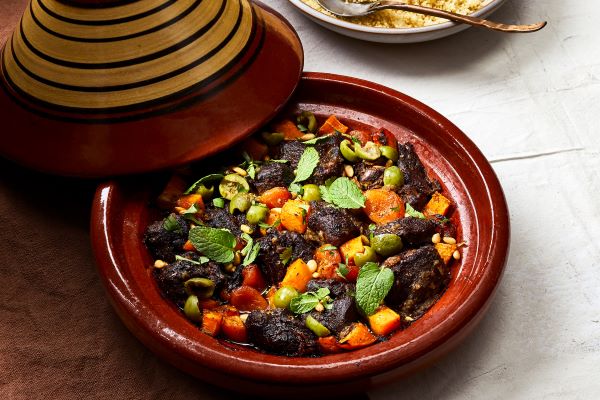Rajkumari Sharma Tankha
Do you know why handi biryani tastes delicious than the biryani cooked in pressure cooker? Or the dahi that you get in the villages of Punjab is sweeter and tastes better that the one you set at your home in steel containers?
Well, the reason is the difference of containers in which these are made. Surprised? Don’t be. The taste depends on the material of which the containers are made, and here it is the earthenware that does the trick. The aroma and sweetness you get is because these dishes are made in earthenware, once an intrinsic part of all Indian households, but now obsolete.
I remember my grandfather never used to eat dal cooked in a pressure cooker. He always preferred it to be cooked in an open clay pot over low heat of an angeethi. So while food was in pressure cooker or pans on gas burners for the rest of the family, dadaji’s food was made especially on angeethi in earthen pots. Not that dadaji was happy about it. He was a doctor and told us that the food cooked in earthen pots was the best as it kept the nutrients intact. But we somehow never bothered, may be because cooking in earthen pots was a slow and lengthy process. After dadaji passed away, we forgot about earthen pots and slowly all earthen utensils got moved out of the kitchen.
Today, over three decades, I am once again seized by the importance of earthen pots and going back to our roots. The aluminum and steel utensils interest me no more, and I keep sourcing earthen and clay utensils whenever I travel to rural places. You can cook all kinds of dals, rice and sabzis in earthenware. Having post-graduated in science, I now know food cooked in earthen pots is healthier and more nutritious.
Benefits of cooking in earthenware
- Since earthenware is made by firing at low temperatures, its mineral components do not vitrify, or turn into glass.
- Clay pots prove good for slow cooking as their porous nature allows both moisture and heat to circulate easily through them. Moreover that earthy taste and aroma is simply divine.
- Cooking in clay pots retains all the essential nutrients present in the food items like calcium, phosphorus, iron, magnesium, sulphur. All these are needed by our body. So when you cook in earthen pots, you won’t need to pop up vitamin pills or calcium tablets after you cross 40.
- Clay pots are alkaline in nature so they mix well with acidic food to perfectly balance out the pH level of the food, thereby making it healthier. Acids in foods like tomatoes when cooked in earthen pots give the food a wonderful taste. The problem of acidity that almost everyone faces these days won’t even exist if the food is cooked in earthenware.
- Storage of water in earthenware allows the heat from the water to escape thereby keeping the water cool.
Tips for cooking in earthen pots
Use earthen cookware only for cooking where the temperature rise takes place gradually. Sudden rise or fall of the temperature leads to its cracking.
Never add cold water into an earthen pot that is already heated, like you do in Aluminum/steel utensils.
To removed food items stuck to your unglazed earthenware, simply soak it in plain water.
Never soak earthenware in detergent water as detergent particles may get absorbed by the earthenware making the future cooking unhealthy, may be even poisonous.
Use earthenware that is lightly glazed as these can withstand high temperature without losing out on the benefits.
Go for earthenware. These days with people going back to their roots, lots of entrepreneurs have entered into this field. There are various types of earthenware available in the market, be it ceramic and cream ware or pots and pans made with pure terracotta.
And most importantly, earthenware is environment-friendly too. Clay used to make earthenware is derived directly from the Earth. It is a natural product and when its use is over it return to the Earth. This is unlike any other material be it copper, aluminum, steel or glass.
